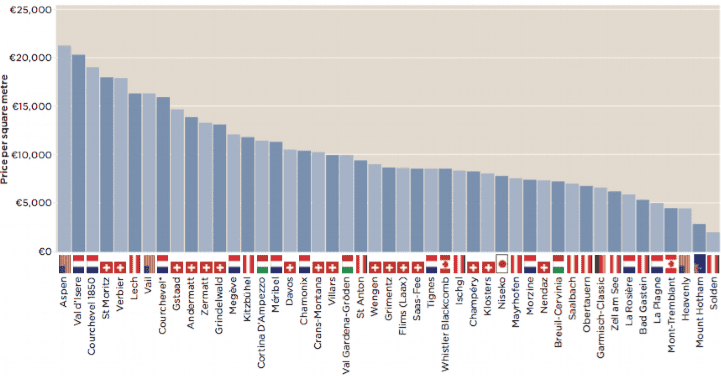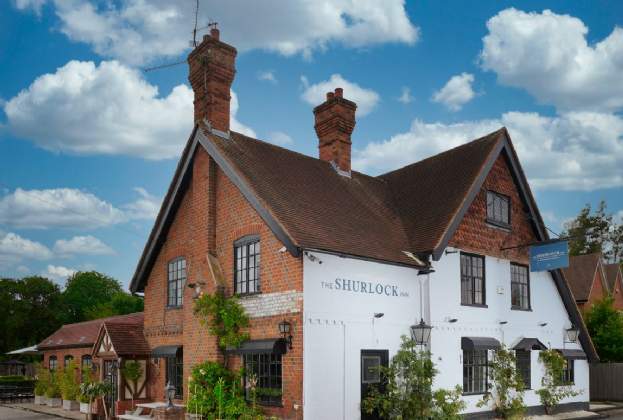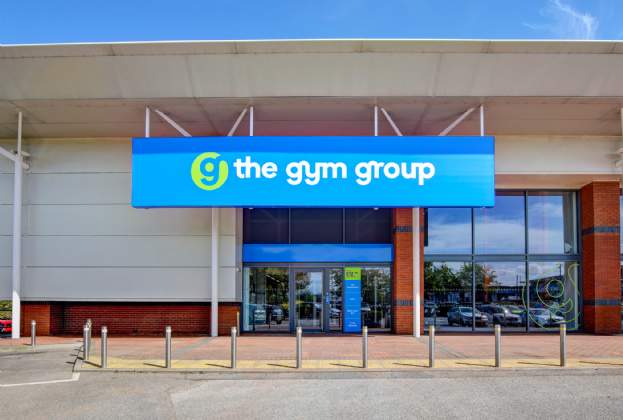The challenges that face the ski industry are well documented. Global warming, changing demographics, political uncertainty and an ever-growing list of competing leisure activities have resulted in stagnation in some resorts. But with challenge, comes innovation and, as the new Savills ski report reveals, resorts are finding ways to stay relevant in this changing landscape.
Wellness is one such way. The high value placed on health is driven by millennials but it's embraced by all age groups and the ski industry is taking note. As well as the established luxury hotels with spas, private residences are now incorporating five-star wellness facilities too. There is also a rise in chalets and hotels specialising in retreats that combine skiing and yoga. Food is playing an equally important part with hotels and ski operators, for example, offering ‘clean’ or vegan menus as an alternative to the traditional cheese-heavy, Savoie-style cuisine.
Also key is investment in infrastructure. Shortening transfer times will attract the time-poor skier – a good example is the new train station in Le Chable that directly connects Verbier to Geneva – while expanding the mountain offering will increase interest. More than 100 new ski lifts are set to open in the Alps in the 2018/19 season and the Rockies have more than 20 new lifts planned. Recent high-profile projects include the linking of Grimentz with Zinal, Zell am See linking with Saalbach and a planned new lift directly connecting the centre of Morzine with Avoriaz.
So which are the world's most resilient resorts? The Savills Ski Resilience Index ranks global ski resorts comparing snowfall, reliability, season length, altitude and temperature. This year, the Swiss resorts of Zermatt and Saas Fee again top the rankings. Andermatt, also in Switzerland, is the highest riser: after the heaviest snowfall last year since 2011, the resort jumped 35 places to number 10 in the ranking. Other big risers include Obergurgl in Austria and Chamonix and Flaine in France. Champéry, Crans-Montana and Seefeld all fell in the overall ratings.
When it comes to the most expensive ski resorts, Aspen tops the Savills Ski Resort Prime Price League (see below) with an average price of just over €21,500 per sq m (this rises to €42,200 per sq m for ultra-prime property). Increased demand and a lack of stock over the last year has pushed prices up in what is generally a low-transaction market. The well-established resort ranks fifth in the Savills Ski Resilience Index.
Val d’Isère is not far behind Aspen, with an average price of just over €20,600. The popular French resort ranked 23rd in the Ski Resilience Index.




.jpg)


.jpg)


.jpg)
.jpg)